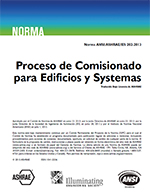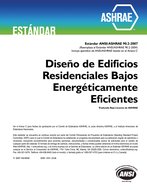Description
Click here to purchase
To accurately predict the performance of HRVs/ERVs in cold climates, software tools must account for frost growth on the surface of the heat exchanger membrane. This paper provides a review of the algorithms available to model the performance of HRVs/ERVs in two commercially available software tools: EnergyPlus and TRNSYS. Each algorithm is described in detail and used to simulate the performance of HRVs/ERVs for supply inlet air temperatures (SIATs) between 0 and -50 °C (32 and -58 °F) and typical indoor air conditions of 22 °C and 40% relative humidity (RH). The review reveals that none of the HRV/ERV algorithms account for frost growth. All simulation results show constant mass flow rates and a linear relationship between the HRV/ERV airflow rates and the SIAT. However, two of the five algorithms provided warnings regarding the results of the conducted simulations due to the simulated HRV/ERV exhaust outlet air reaching its dew point temperature (i.e. condensation formed). Experimental data for an HRV during operation with SIATs of 0 and -25 °C (32 and -13 °F) demonstrate that degradation in performance occurs during conditions that yield frost growth in the exchanger core, which was not replicated in the simulation results. These findings show further work is required to enhance the algorithms in existing software tools by accounting for condensation and frost growth within HRVs/ERVs. In the meantime, simulation users should be cautious when simulating the performance of HRVs/ERVs in cold climates with these software tools as the results may not accurately depict the actual performance.
Product Details
- Published:
- 2023
- Number of Pages:
- 8
- Units of Measure:
- Dual
- File Size:
- 1 file , 3.9 MB
- Product Code(s):
- D-CCC23-05
- Note:
- This product is unavailable in Russia, Belarus




